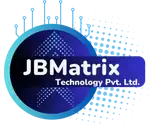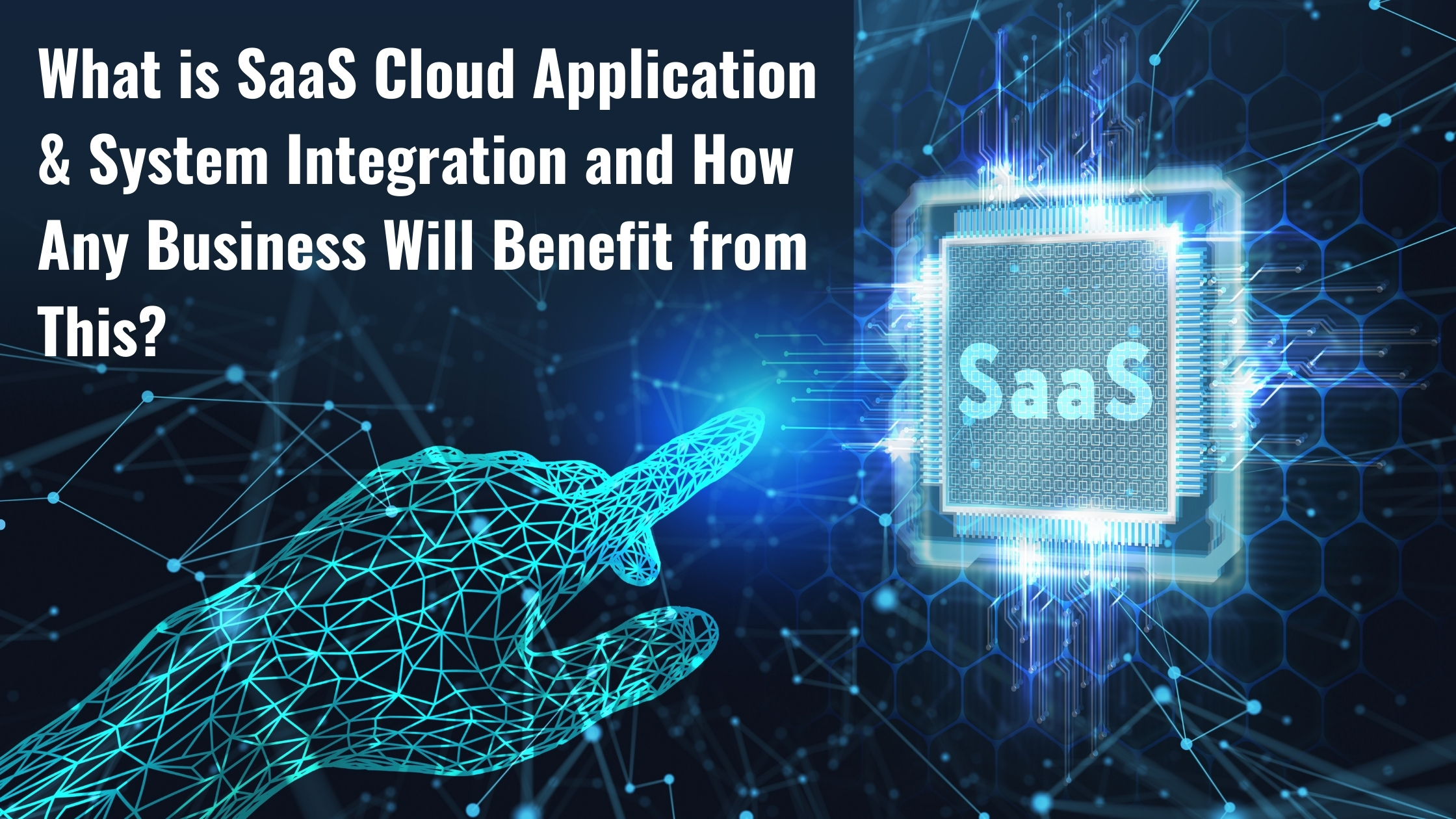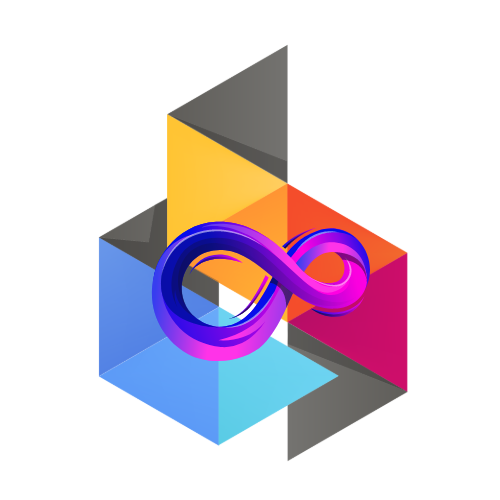SaaS Cloud Application & System Integration
What is SaaS Cloud Application & System Integration and How Any Business Will Benefit from This?
In today’s rapidly evolving digital landscape, businesses are adopting smarter, more efficient ways to operate. Two key components that are driving this transformation are SaaS Cloud Applications and System Integration. Together, they offer a streamlined approach to managing business operations, enhancing productivity, and improving customer experiences. This blog will delve into what these terms mean and how they can benefit any business.
What is a SaaS Cloud Application?
SaaS (Software as a Service) is a cloud-based delivery model where software applications are hosted on the internet and accessed via a web browser. Unlike traditional software that requires installation and maintenance on individual devices, SaaS applications are maintained by the provider, offering businesses a cost-effective and scalable solution.
Key Features of SaaS Cloud Applications:
- Web-Based Access: Applications are accessed through the internet without the need for on-premises installation
- Subscription Model: Users typically pay on a monthly or annual subscription basis.
- Automatic Updates: Providers handle updates and maintenance, ensuring software is always up-to-date.
- Scalability: Resources can be scaled up or down based on business needs.
- Data Accessibility: Data is stored in the cloud, making it accessible from anywhere, anytime.
Examples of SaaS Applications:
- Customer Relationship Management (CRM) tools like Salesforce.
- Collaboration platforms like Slack and Microsoft Teams.
- Accounting software like QuickBooks Online.
What is System Integration?
System Integration is the process of connecting different IT systems, software applications, and tools within an organization to function as a cohesive unit. Integration ensures seamless data flow and communication between various systems, improving operational efficiency and reducing silos.
Types of System Integration:
- Application Integration Connecting software applications (e.g., CRM with ERP).
- Data Integration Consolidating data from multiple sources into a single system.
- Business Process Integration Aligning workflows across departments for better collaboration.
- Cloud Integration Connecting on-premises systems with cloud-based applications.
How SaaS Cloud Application and System Integration Benefit Businesses
1. Cost Efficiency
- SaaS:Reduces the need for expensive hardware, IT infrastructure, and maintenance.
- Integration:Eliminates redundancies by connecting systems, reducing overhead costs.
2. Enhanced Productivity
- SaaS:Employees can access tools and data from anywhere, boosting flexibility and collaboration.
- Integration:Streamlined workflows and reduced manual data entry save time and effort.
3. Scalability and Flexibility
- SaaS:Easily scale resources to match business growth without significant upfront investments.
- Integration:Quickly adapt to new tools or technologies without disrupting existing systems.
4. Improved Data Management
- SaaS:Centralized storage ensures consistent and secure access to data.
- Integration:Combines data from various sources for better decision-making and analytics.
5. Enhanced Customer Experience
- SaaS:Offers modern, user-friendly interfaces that improve customer satisfaction.
- Integration: Ensures customers receive a seamless experience across touchpoints by synchronizing data and processes.
6. Faster Time-to-Market
- SaaS:Quick deployment of software accelerates time-to-market for new initiatives.
- Integration:Facilitates collaboration and automation, enabling faster project completion.
7. Security and Compliance
- SaaS:Providers often implement advanced security measures and ensure compliance with regulations.
- Integration:Centralized control of systems simplifies governance and compliance monitoring.
Examples of SaaS and System Integration in Action
E-Commerce Business
- SaaS:Uses Shopify for online storefronts and HubSpot for customer engagement.
- Integration:Connects Shopify with inventory management systems and payment gateways for a unified process.
Healthcare Organization
- SaaS:Deploys a cloud-based patient management system.
- Integration:Links the patient system with electronic health records (EHR) and billing systems for seamless operations.
Manufacturing Company
- SaaS:Utilizes cloud-based ERP software for production planning.
- Integration:Syncs the ERP with supply chain and logistics platforms to ensure real-time updates.
How to Determine If Your Business Needs SaaS Cloud Applications and System Integration
1. Assess Your Current Challenges
- Are your teams struggling with disconnected systems?
- Is IT maintenance taking up significant resources?
- Are manual processes slowing down operations?
2. Analyze Scalability Needs
- Is your business growing, requiring tools that can adapt to increased demand?
- Do you need solutions that can integrate with existing systems?
3. Evaluate Customer Expectations
- Do your customers expect faster, more personalized services?
- Are you facing challenges in delivering consistent experiences across channels?
4. Consider ROI
- Would implementing SaaS and integration reduce costs and increase revenue in the long run?
- Can these solutions free up resources to focus on core business activities?
Conclusion
SaaS cloud applications and system integration are transformative technologies that can significantly enhance business operations. By leveraging the scalability of SaaS and the efficiency of integrated systems, businesses can reduce costs, improve productivity, and deliver superior customer experiences. Whether you are a small business looking for flexibility or a large enterprise aiming to streamline operations, these technologies can help you achieve your goals.










